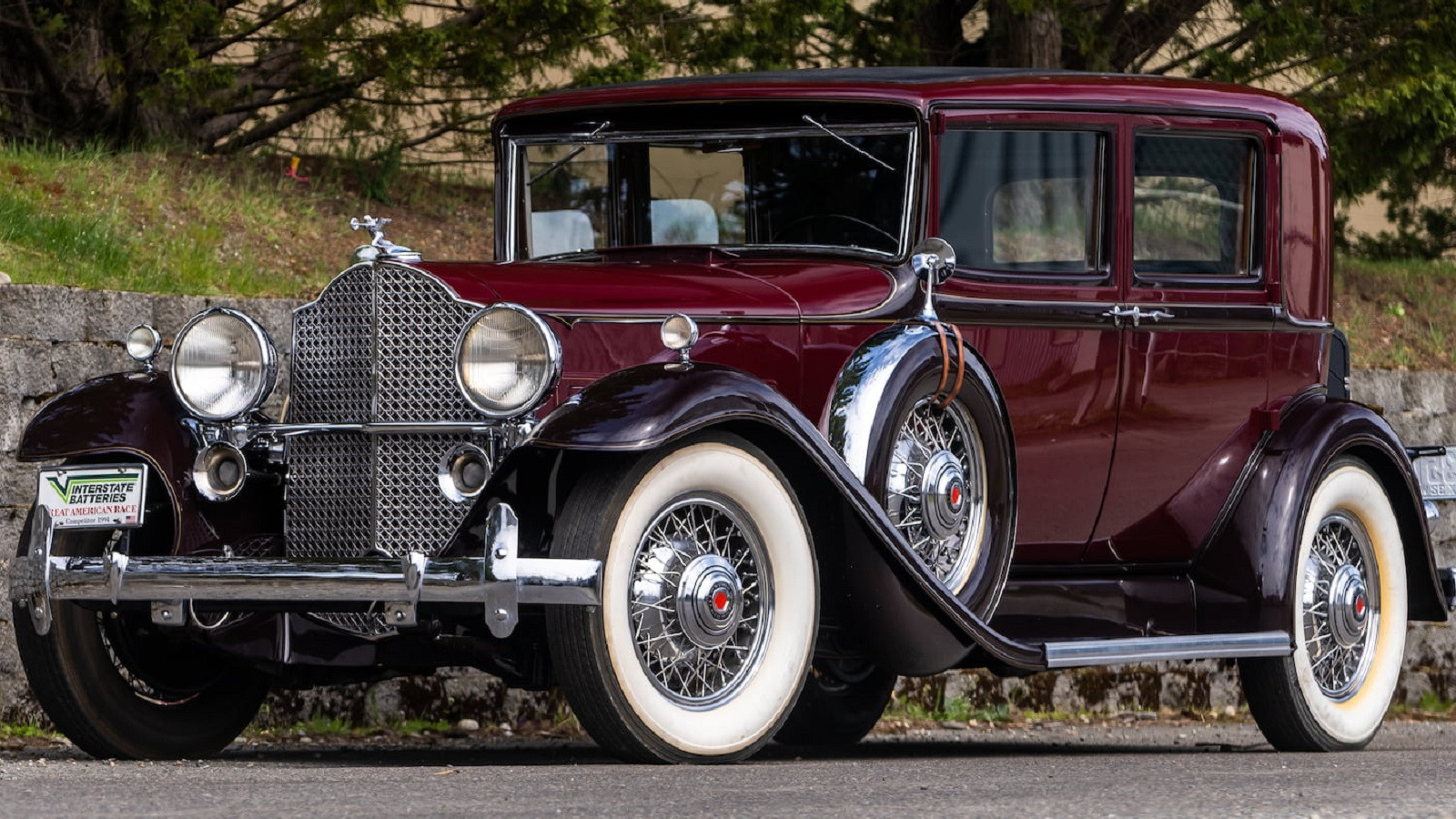
The Allure of Analog: Classic Cars and Their Original AM Radios
In the realm of automotive nostalgia, where gleaming chrome, tail fins, and rumbling engines evoke a bygone era, there exists a quieter, yet equally compelling, detail: the original AM radio. These simple, often unassuming devices are more than just relics of the past; they are time capsules that transport us back to the golden age of motoring, when the open road and the crackling sounds of AM radio were inseparable companions.
A Symphony of Simplicity
Before the advent of FM stereo, satellite radio, and digital infotainment systems, the Amplitude Modulation (AM) radio reigned supreme. These radios, typically found in classic cars from the 1930s to the 1970s, were marvels of analog engineering. Comprising vacuum tubes or early transistors, they offered a single band of audio entertainment, broadcasting news, music, and talk shows across a limited frequency range.
The beauty of these AM radios lies in their simplicity. A single tuning knob, a volume control, and perhaps a tone adjustment were all that adorned their faces. There were no complicated menus, no digital displays, and no need for software updates. They were intuitive, reliable, and perfectly suited to the driving experience of the time.
The Soundtrack of a Generation
For many classic car enthusiasts, the original AM radio is an integral part of the car’s identity. It’s not just a radio; it’s a portal to the past, capable of conjuring memories of family road trips, summer evenings at the drive-in, and the cultural landscape of a different era.
Imagine cruising down a sun-drenched highway in a classic convertible, the wind in your hair, and the unmistakable sound of a vintage AM radio filling the air. The crackling static, the occasional fade-out, and the slightly distorted audio are not flaws; they are part of the experience. They are reminders that you are listening to a technology that has stood the test of time, a technology that was once at the cutting edge of innovation.
The music that emanated from these AM radios was equally evocative. From the big band sounds of the 1940s to the rock and roll anthems of the 1950s and the soulful melodies of the 1960s, AM radio was the primary source of popular music for generations. Listening to these songs on an original AM radio is like stepping back in time, experiencing the music as it was originally intended to be heard.
Beyond Entertainment: A Window into the Past
The appeal of original AM radios extends beyond their entertainment value. They also offer a unique glimpse into the social and cultural fabric of the past. In addition to music, AM radio stations broadcast news, sports, and talk shows that reflected the issues and concerns of the time. Listening to these broadcasts today can provide valuable insights into the attitudes, values, and beliefs of previous generations.
For example, a classic car with an original AM radio might be able to pick up broadcasts from the Cold War era, with news reports about the space race, the threat of nuclear war, and the civil rights movement. These broadcasts can offer a powerful reminder of the challenges and triumphs of the past.
Preserving a Piece of History
For classic car collectors and restorers, preserving the original AM radio is often a top priority. These radios are not only valuable artifacts, but they also contribute significantly to the overall authenticity and character of the car.
Restoring an original AM radio can be a challenging but rewarding process. It often involves replacing old or damaged components, cleaning and lubricating moving parts, and carefully calibrating the radio to ensure optimal performance. In some cases, it may also be necessary to repair or replace the antenna, which can be a critical factor in determining the radio’s reception quality.
While it may be tempting to replace an original AM radio with a modern aftermarket unit, doing so can detract from the car’s historical accuracy and diminish its overall value. For many collectors, the goal is to preserve the car in its original condition, with all of its original components intact.
The Challenge of Modern Technology
One of the challenges of using an original AM radio in a classic car is that the AM broadcasting landscape has changed significantly over the years. Many AM stations have switched to talk radio or sports programming, and the quality of AM reception has generally declined due to interference from electronic devices and other sources.
However, there are still ways to enjoy AM radio in a classic car. Some enthusiasts have installed modern AM transmitters that allow them to broadcast their own music or audio content over a short distance, effectively creating their own private AM radio station. Others have subscribed to streaming services that offer classic radio programs and vintage music playlists.
The Enduring Appeal
Despite the challenges, the allure of original AM radios in classic cars remains strong. These radios are more than just pieces of technology; they are symbols of a simpler time, when the open road and the sound of AM radio were all that was needed for a perfect driving experience.
For classic car enthusiasts, the original AM radio is a reminder of the past, a connection to a bygone era, and a source of endless enjoyment. It’s a testament to the enduring power of analog technology and the timeless appeal of the classic car experience.
As technology continues to advance, and as digital entertainment becomes increasingly ubiquitous, the original AM radio in a classic car stands as a reminder of the beauty of simplicity, the power of nostalgia, and the enduring appeal of the open road.
